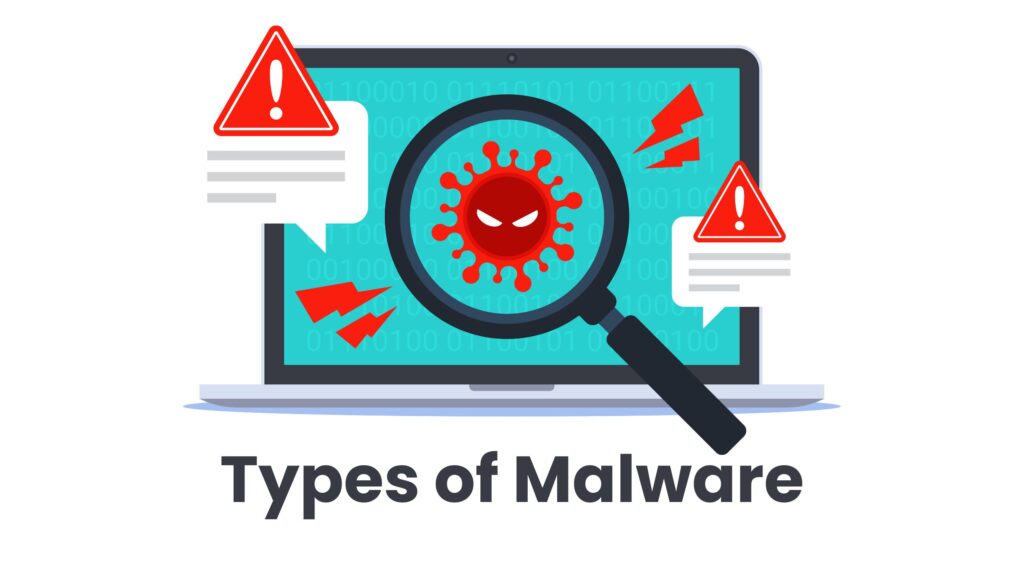Malware is a broad term used to describe any software designed to harm, exploit, or otherwise compromise the functionality of a device or network. Among the most common types of malware are viruses, worms, and trojans. There is a common misconception that these three types of malware function in the same way.

While it’s true that they all lead to destructive outcomes, they differ significantly in how they operate and infect devices. Understanding these differences can help you protect yourself more effectively. Let’s break down each type of malware to see how they work and why using an antivirus can be a crucial defense strategy.
1. Viruses: The Classic Culprit
Viruses are perhaps the most well-known type of malware. They are programs that attach themselves to executable files. For a virus to start working, you need to open an infected file, which then launches the virus and begins writing its own code, spreading to other programs on your device.
Viruses often spread through social engineering, which involves tricking users into opening infected files from seemingly trusted sources—such as a friend, an unsafe download, or a suspicious link. Once a virus is activated, its effects can range from mild inconveniences to completely destroying software or even damaging hardware. This variability makes viruses a serious threat that should not be underestimated.
2. Worms: The Silent Multipliers
Worms are often considered a subclass of viruses but are more dangerous due to how they spread. Unlike viruses, worms do not need to attach to an executable file or have an execution command to start running. Worms can replicate themselves hundreds or even thousands of times in a short period, spreading rapidly across networks.
Worms typically spread through file or information transport features on your system, especially through local networks. Because of their ability to replicate and travel across networks, worms can consume vast amounts of system memory or network bandwidth, leading to severe slowdowns or even crashes. A famous example is the 2003 Blaster Worm incident, where the worm spread rapidly through college and business local networks, causing significant disruptions.
3. Trojans: The Deceptive Threat
Trojans, unlike viruses and worms, are fundamentally different in how they operate. They disguise themselves as legitimate applications or files, tricking users into downloading and opening them. Once activated, trojans can execute malicious activities, such as stealing data, providing backdoor access to hackers, or even downloading other malware onto the system.
Unlike viruses and worms, trojans do not replicate themselves or spread to other programs. However, they can be just as destructive. They often go unnoticed until it’s too late, which is why they remain one of the most potent cyber threats today.
Protecting Yourself from Malware
If you want to stay safe from these types of malware, it’s essential to avoid opening any suspicious links, downloading files from untrusted sources, or accepting emails or messages from unknown contacts. However, even the most cautious users can sometimes make mistakes, and that’s where antivirus software comes into play.
The Role of Antivirus Software
Using antivirus software is one of the most efficient methods for dealing with malware. Antivirus programs automatically handle malware detection, isolation, and removal, providing real-time protection by continuously scanning your device for threats. They can instantly warn you of suspicious files, links, or activities, helping prevent infections before they happen.
If you’re interested in getting an antivirus to enhance your cybersecurity, consider checking out some trusted antivirus software. Many offer comprehensive features, such as real-time scanning, firewall protection, and anti-phishing tools, often with free trials or discounts to help you find one that fits your needs.
By understanding the differences between viruses, worms, and trojans, and taking proactive measures to protect your system, you can significantly reduce the risk of malware infections and ensure a safer digital experience.
